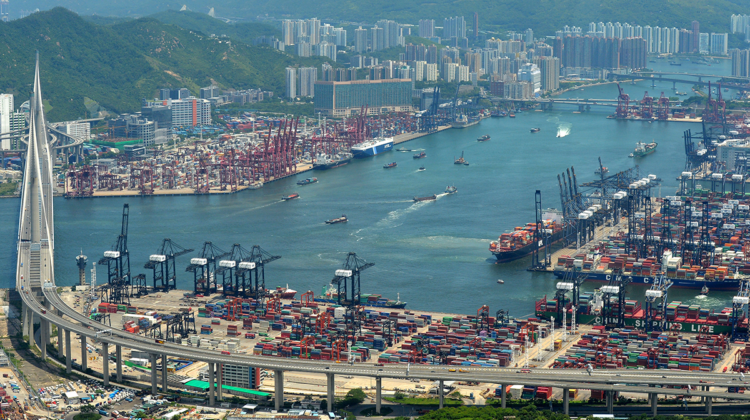
Sinking Hong Kong Port calls for new routes to growth
HONG KONG : Hong Kong was once almost a permanent fixture at the top of the world’s busiest container ports, thanks to its role as a connector in China’s economic rise. Now it has slipped out of the top 10, thanks again to the rise of mainland China, in this case the development of its own deepwater ports.
Shanghai retained top spot ahead of Singapore, with the mainland now having six of the 10 busiest ports, according to shipping data provider Alphaliner. Competition from other ports in the Greater Bay Area and Southeast Asia has combined with high costs and a shift in supply-chain and trade-flow patterns, among other factors, to reduce Hong Kong’s share of container traffic.
Seven straight years of falling container traffic to Hong Kong, including a drop of more than 14 per cent last year, are a warning signal and should be a wake-up call about the need to secure the growth of the maritime industry. The government has now come up with a strategy for sustainable development, transforming the city into an international maritime centre and a green and smart port, using the advantages of its geographical location, efficient customs clearance, free-port status and economic system, and the opportunities arising from integration of the bay area.
It is aptly described as an action plan, because action is what is needed to revive the fortunes of a sector that employs nearly 80,000 people and contributes more than 4 per cent, some HK$111.8 billion (US$14.4 billion), of gross domestic product. The plan also facilitates the growth of the trade and logistics industry, which accounts for more than one-fifth of GDP and employs about one-sixth of the working population.
That said, Hong Kong has consolidated its position as a global transport hub overall by maintaining its ranking as the world’s busiest international air-cargo port, with some international carriers still using the city rather than the mainland as an Asia-Pacific hub. This reflects the ease with which the authorities can add or change air routes, and the convenience of road-transport links with bay area cargo destinations.
In that respect Hong Kong remains a very easy place in which to pivot operations. It all goes to show the city needs to redefine itself as a hub port in its search for new ways to grow.
